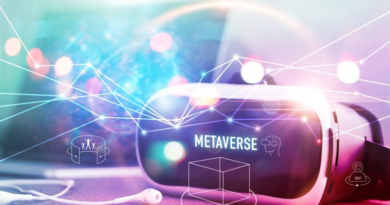Types Of Avatars In Metaverse
Avatar is an online representation of the user in the metaverse. Every avatar in the metaverse shares a few primary characteristics. There are many metaverse avatar systems. Let us look at the types of avatars in the metaverse that are the most common selections within various implementations.
Avatar is an online representation of the user in the metaverse. Every avatar in the metaverse shares a few primary characteristics. There are many metaverse avatar systems. Let us look at the types of avatars in the metaverse that are the most common selections within various implementations.
2D Avatars
2D avatars were the initial examples of a metaverse avatar and are essentially a flat representation of the user. 2D avatars are usually used within 2D environments and are mainly a picture or pixel-based representation of a user. It is similar to the player representations in older eight or 16-bit video games.
3D Avatars
With the exponential development of modern technology, there come dramatic changes to avatars. 2D has given rise to a full 3D expression for users. 3D Avatar typically offers a fully humanoid form that can be viewed from various angles. It includes elements like hair and skin tone. It can also appear quite lifelike.
VR Avatars
VR avatars are a type of 3D avatars. These metaverse avatar forms are unique. The user in the metaverse typically does not see them. Instead, users look out from the avatar’s perspective from a first-person view.
The users can see the whole upper body of the VR avatar without the lower body due to limited tracking capabilities. VR avatars will be able to mimic the hand movements of the user but will miss out on lower limbs.
Leg-less VR Avatars
This type of metaverse avatar is a 3D, similar to a VR avatar. Some metaverse systems do not render a user’s legs as a VR avatar. It is done to reduce system requirements and height issues and accounts for any lack of leg sensors on VR systems.
Full Body Avatars
Full-body avatar is the most advanced metaverse avatar. It uses sensors to completely recreate the user’s whole body in the metaverse. It gives a full range of movement and makes it easy to interact with digital assets. Advanced VR games typically use this system, and it is expected that Facebook’s metaverse will too. Full-body avatars require hardware that can track full-body.



